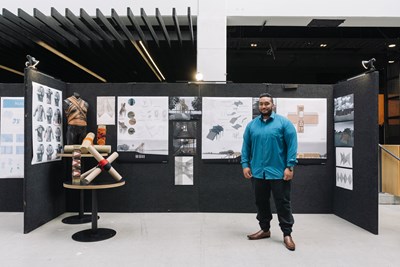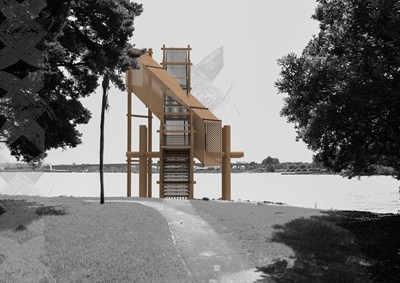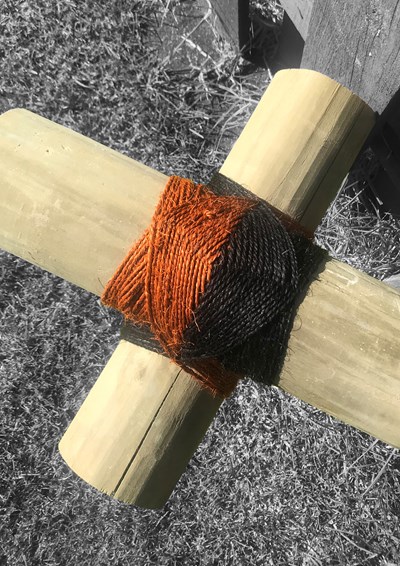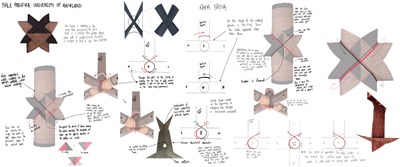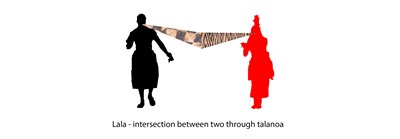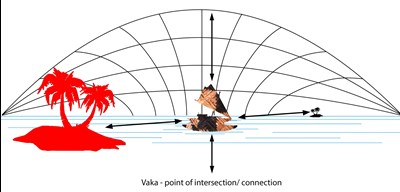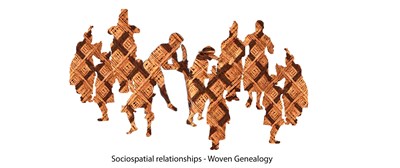Vena Latu from Te Wānanga Aronui o Tāmaki Makau Rau, Huri Te Ao Hoahoanga, Auckland University of Technology, School of Future Environments is a finalist for his project 'Binding Lalava: Unravelling the Functionality of Pattern'.
Project description
Lalava is a form of Tongan construction that consists of lashing two lines of kafa (sennit), a braided rope made from the inner fibres of the coconut husks. The lines intersect one another repeatedly, circling up and down to form geometric patterns as it binds. This thesis investigates lalava making from an auto-ethnographic perspective, learning through making and unravelling the Tongan cultural knowledge that lalava embodies.
In contemporary contexts, lalava is considered an art form developed by ancient Tongans and Oceanians to bind large structures such as the fale (house) and vaka (canoe), while expressing ancient Tongan narratives and metaphors. This research project investigates the functionality of lalava to consider how it contributes to maintaining structural stability. Architecturally, the design activates metaphors interpreting how people engage with spaces as a form of lalava making; as patterns of lalava embody knowledge, the space/s embodies that knowledge too.
My experience of learning through making is interpreted into both faiva (performance art) and nimamea (fine arts), and modern practices such as 3D modelling and abstract line drawings. It’s intended to be a means of teaching the next generation, and revitalising this ancient practice.
Jury citation
An ancient art used in Tongan construction binds not only building components but people to place.
With the dual purpose of informing new generations and revitalising lalava – lashing two lines of braided rope together to build large structures – Vena explores the practice through faiva (performance art), nimamea (fine arts) and 3D modelling paired with abstract line drawings.
Through multiple layers of inquiry, understanding and highly refined thinking informed by cultural practices and knowledge, Vena offers an opportunity to better understand identity and safeguard its future.
This investigation explores the architectural functionality and artistic practice of lalava, and how it embodies cultural knowledge within a space. It demonstrates that Pacific architecture must include cultural knowledge because these structures embody knowledge and activate metaphors.
The work reveals the importance of lalava aesthetics by understanding the invisible through the visible and gaining understanding of cultural knowledge through the seen and unseen. This is an exciting exploration of a cultural worldview into spatial qualities and intersections of understanding.




